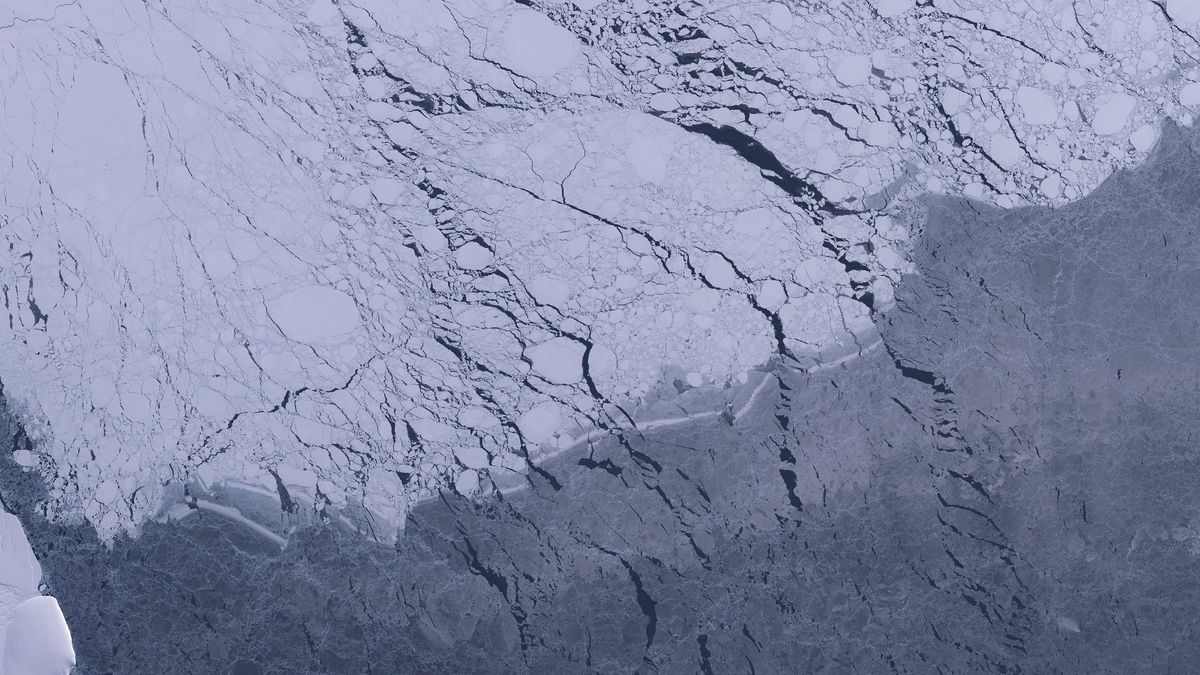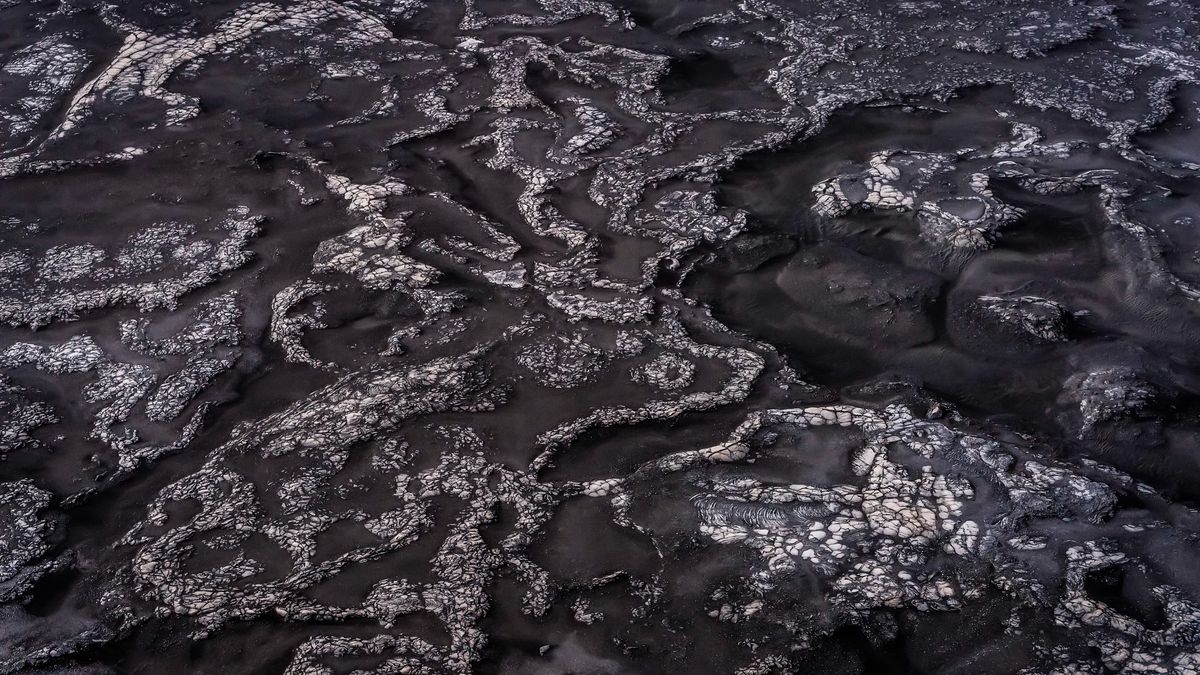“Warm” water is flowing toward one of Antarctica‘s biggest ice shelves, which, if it melted, could dramatically raise sea levels.
The Filchner-Ronne Ice Shelf (FRIS) extends over the Weddell Sea in Antarctica. Unlike some other Antarctic ice shelves, FRIS currently appears stable in our warming world. However, previous ocean modeling has shown that relatively warm water from the deep sea could threaten the integrity of this shelf.
In a study published Nov. 14, 2024 in the Journal of Geophysical Research: Oceans, researchers found that warm water flows more rapidly toward the shelf during warmer years, which could be linked to reduced sea ice cover during these periods, Eos magazine reported. If that is the case, then a dramatic decline in sea ice could cause the shelf to melt.
“If the warm water reaches underneath the ice shelf, it would melt the base of the ice shelf,” study first author Nadine Steiger, a physical oceanographer at Sorbonne University in France, told Live Science in an email.
The melting of a massive ice shelf like FRIS would ultimately lead to huge sea level rise. However, researchers still have a lot to learn about this region, and it’s unclear whether the increased flow of warm water is linked to climate change.
Kaitlin Naughten, an ocean-ice modeler at the British Antarctic Survey who was not involved in the study, told Live Science in an email that the warm water “may be a warning sign,” but may also just be “normal variability” in the region. Either way, FRIS is unlikely to melt anytime soon.
“If worldwide governments fail to phase out fossil fuels and climate change spirals out of control, FRIS might have a big problem in a century or two,” Naughten said.
Related: Earth from space: High winds paint puzzling ice streaks across the sea in Antarctica
FRIS is protected by thick ice and near-freezing seawater flowing over the underwater continental shelf that rings the coast of Antarctica in the Weddell Sea. However, in the summer, warmer water comes up onto the continental shelf from the open ocean and travels toward the ice shelf through a channel called the Filchner Trough, according to the study.
Naughten noted that the deep ocean water around Antarctica is about 33.8 degrees Fahrenheit (1 degree Celsius), so it’s not actually particularly warm, but it’s warmer than the freezing point of water, which is 32 F (0 C).
“You wouldn’t want to go swimming there, but it can melt ice very quickly,” Naughten said.
The amount of warm water flowing through the Filchner Trough and another previously unknown trough identified in the study was particularly high in 2017 and 2018 — and sea ice was also lower in those years. However, the study authors only had data from 2017 to 2021. Both Steiger and Naughten highlighted the importance of long-term observations to better understand the region and predict future ice shelf changes.
Ultimately, while scientists agree that warm water flooding the continental shelf would likely spell doom for FRIS, some research suggests that this would only happen in an extreme climate change scenario.
Naughten led a 2021 study published in the journal Nature that estimated the FRIS tipping point would only be crossed when global warming exceeded 12.6 F (7 C) above pre-industrial levels. That amount of warming is way above the already dangerous threshold of 2 C (3.6 F), which would greatly increase the chances of irreversible climate breakdown. For context, 2024 was the first year to breach 2.7 F (1.5 C).
“We need to monitor the Filchner-Ronne for signs of change, but other regions of Antarctica will melt away long before this one does,” Naughten said. “We are already observing rapid ice loss in West Antarctica, which is the fastest-growing contribution to sea level rise.”















